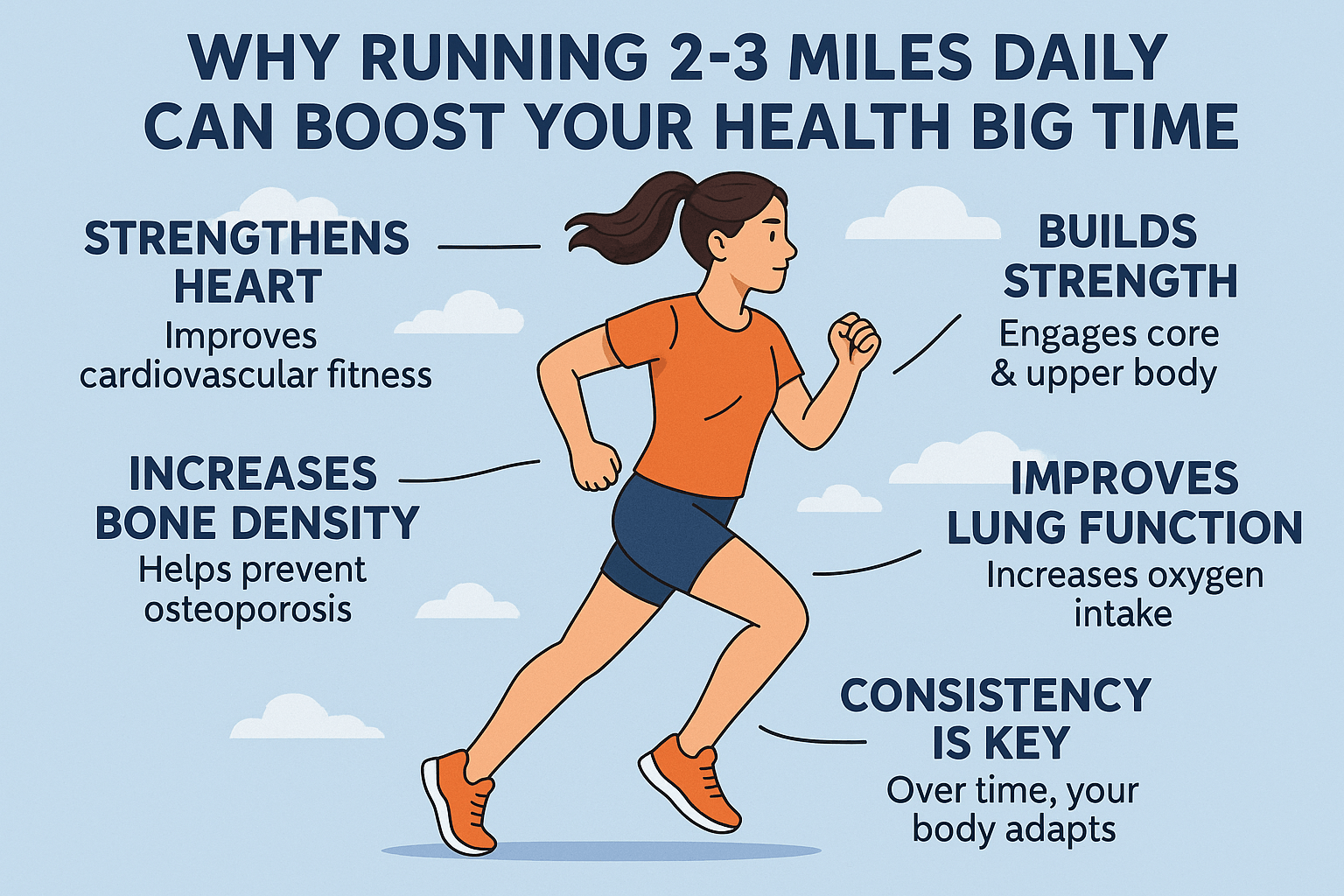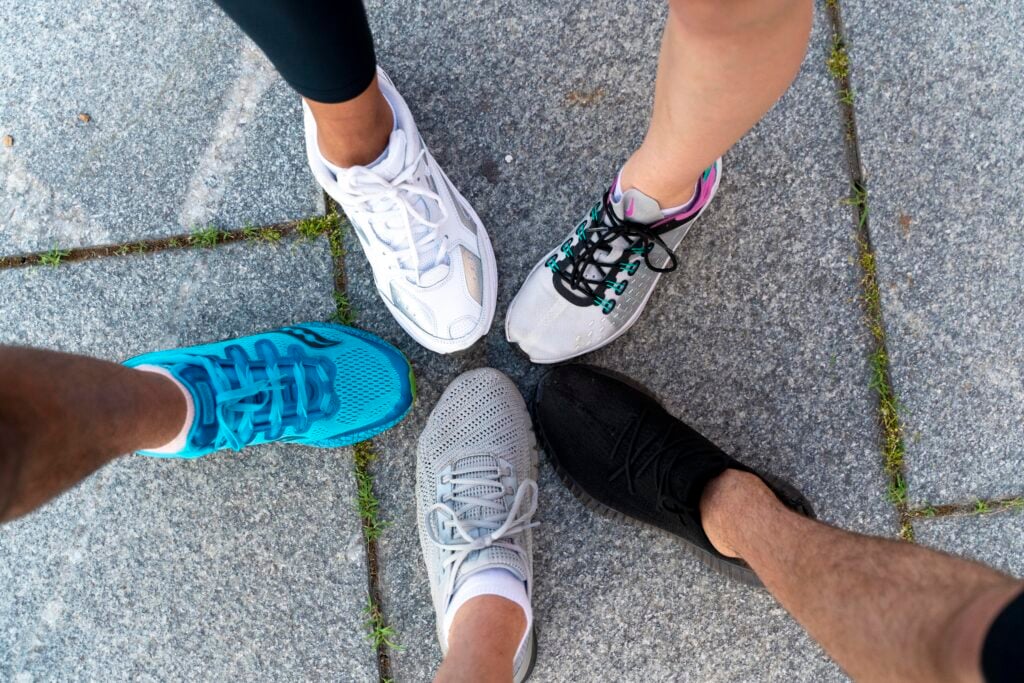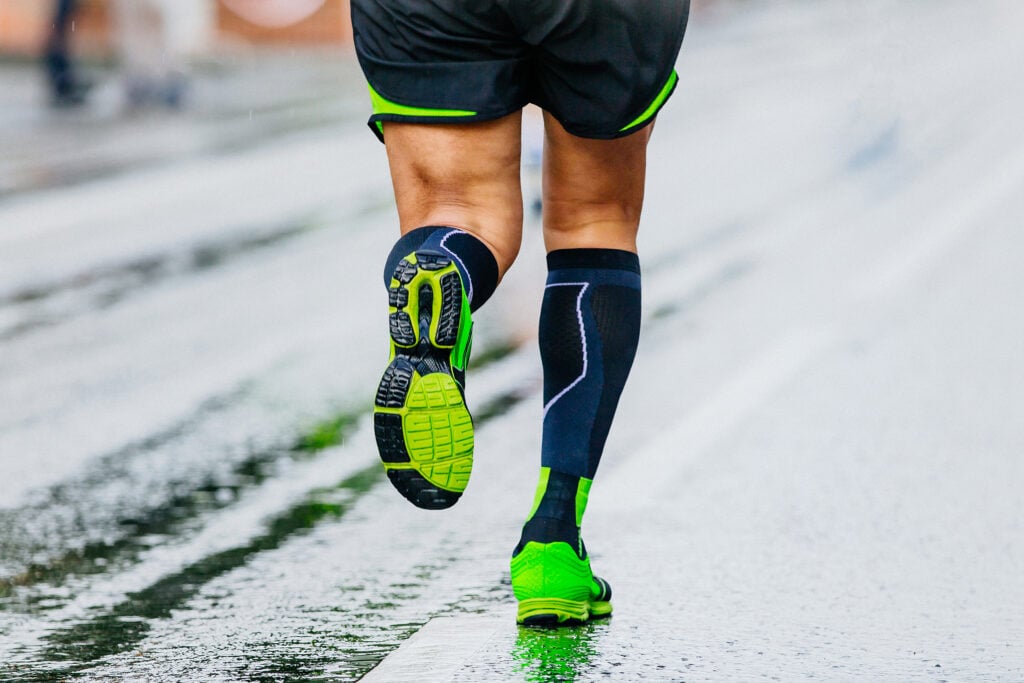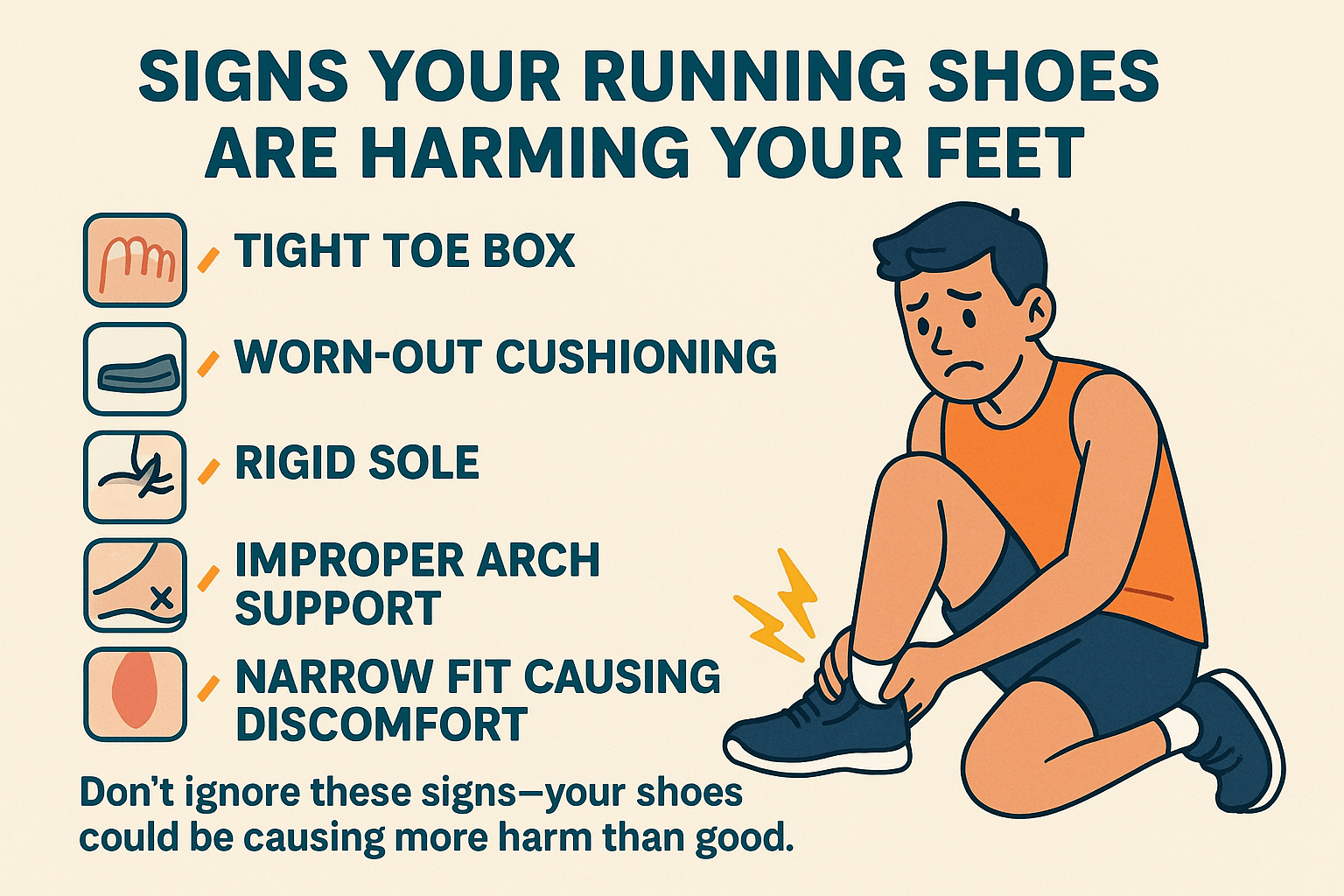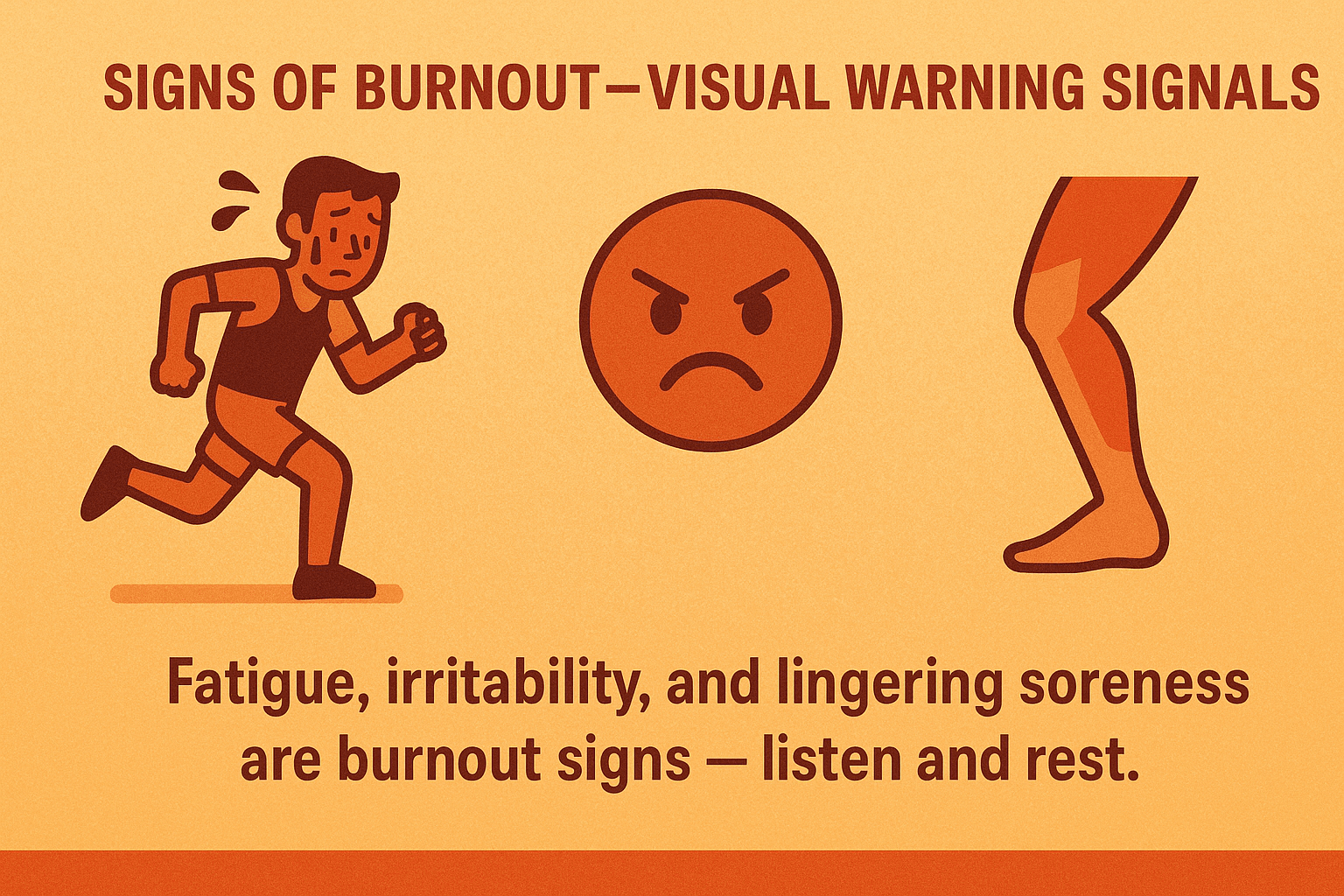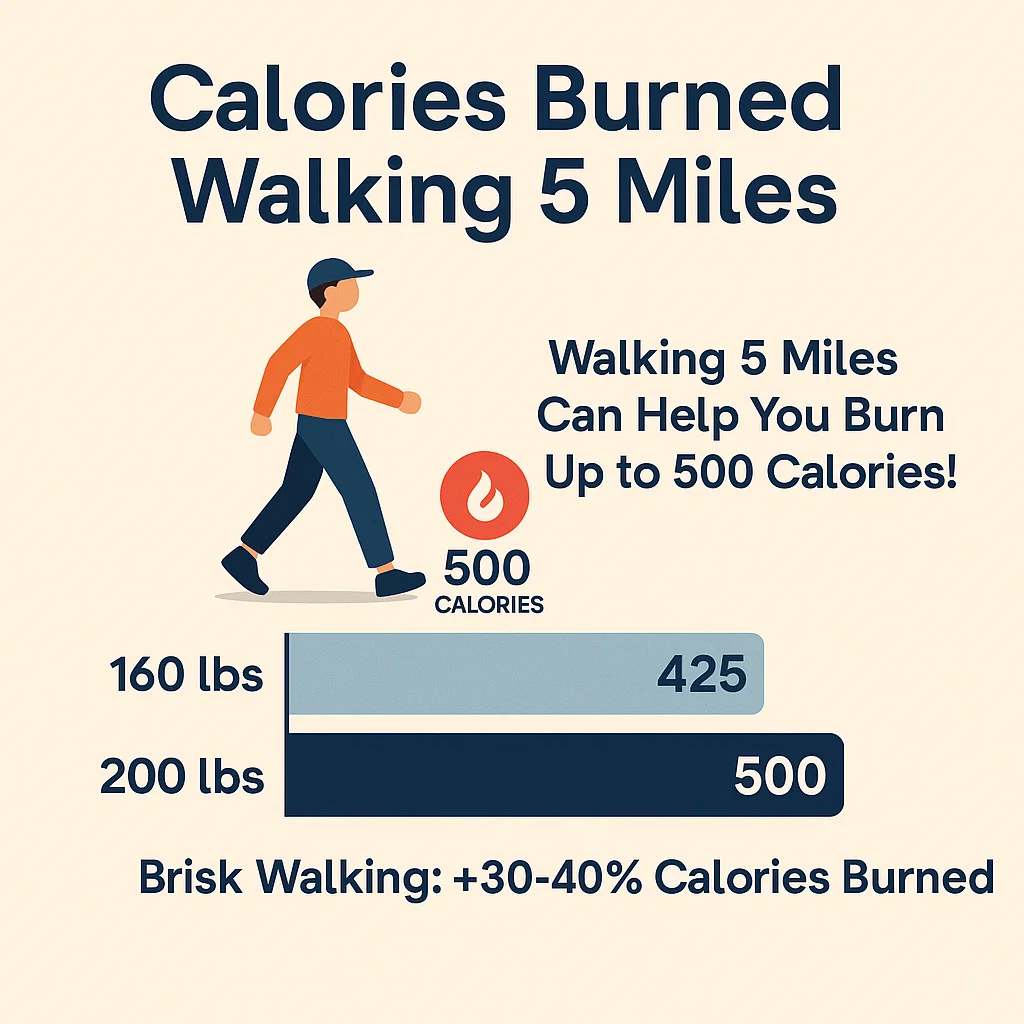My First Curved Treadmill Run
The first time I hopped on a curved treadmill, I thought, “No big deal—I run 30+ miles a week. This’ll be fun.” Ten minutes later, I was drenched, legs smoked, and wondering who swapped my lungs for sandbags.
It was humbling. There was no motor carrying me along. No speed button. Just me, my legs, and this brutal arc of a machine daring me to keep up.
That’s the beauty of curved treadmills—they force you to work for every step. And once I caught my breath, I realized how effective (and addictive) that challenge could be.
Studies back it up: running on a curved, manual treadmill cranks up the effort by 25–30% compared to motorized ones. And yeah, your body feels every bit of it.
So if you’re considering bringing one into your home gym—or just want to learn how to use it without getting flung off the back—this guide is for you.
What Is a Curved Treadmill?
Think of a curved treadmill as a manual treadmill with no motor and no mercy. The running deck is U-shaped—curved like a shallow bowl.
There’s no plug, no console that controls your pace. You move the belt with your legs. You run, it moves. You ease off, it slows. Simple as that.
The curve itself isn’t just for show—it actually does two big things:
- Forces a more natural stride (you’ll feel yourself landing more midfoot/forefoot, not heel-slamming like on a flat treadmill).
- Cranks up the intensity. Even a slow jog feels like an incline.
🏃♂️ Bonus: There’s no top speed limit. If you’ve got the horsepower, you can go all-out without waiting for a motor to catch up. (Fun fact: some pro sprinters have hit 24+ mph on these things.)
Why It’s Tough (and Why That’s a Good Thing)
You’ll feel it immediately: a curved treadmill is always uphill, and there’s no hiding behind a pace setting. It forces good form and punishes laziness.
You’ll likely:
- Burn more calories per mile
- Improve your running mechanics
- Engage your posterior chain (glutes + hammies) more
- Build better cardio in less time
It’s like doing a long hill repeat—without needing a hill.
How to Use a Curved Treadmill (Without Getting Launched)
If you’re new to these beasts, don’t jump on and sprint like a hero. Here’s the step-by-step playbook:
Start Slow – Walk Before You Run
Hop on, grip the rails, and ease into a walk or shuffle. At first, the belt might feel like it’s glued down—just lean in and let your stride slowly build momentum.
Don’t go full send out the gate. Warm up. Or you’ll be gasping in 90 seconds.
Find Your Position
Your spot on the belt controls everything:
- Too far forward? You’ll accidentally speed the belt up.
- Too far back? It’ll slow or stop.
- The sweet spot? Dead center of the curve.
Think of your body like a throttle. Want to speed up? Lean slightly forward. Want to slow? Ease back an inch.
It’ll feel weird at first—like learning how to ride a bike—but give it a few sessions, and it’ll click.
Lock In Your Posture
Form matters more here than on a regular treadmill:
- Eyes up, not down
- Core tight
- Shoulders relaxed
- Lean slightly forward from the ankles, not the waist
Let the curve do some of the work. If you hunch or flail, you’ll feel it fast—probably in your lower back or balance.
Use Short, Quick Strides
Forget long, loping steps. Curved treadmills reward fast turnover and proper foot strike.
- Short, snappy strides = smoother belt movement
- Aim for midfoot or forefoot strikes under your hips
- Think: light feet, fast cadence
Try to “pull” the belt backward with each step rather than pushing off. That mental cue can help you keep your feet under control.
🏁 Pro tip: Curved treadmills naturally improve cadence and stride mechanics. You’ll carry that back to road running without even trying.
How to Run on a Curved Treadmill (Like You Know What You’re Doing)
Curved treadmills aren’t your average gym toy. They’re self-powered, unforgiving, and brutally effective—if you use them right.
If you’re new to the game, expect a learning curve (literally). But once you get the feel, these machines can sharpen your stride, crank up your cardio, and turn your glutes into steel.
Stay Loose and Centered
Here’s the deal: your first time on a curved treadmill might feel weird. Like you’re running uphill in molasses. That’s normal.
The biggest mistake? Stiffening up.
- Don’t death-grip the handrails.
- Don’t lock your arms or shoulders.
- And for the love of your knees, don’t panic when the belt speeds up.
Let your body relax. If it’s too fast, drift backward. Too slow? Lean slightly forward. The treadmill reacts to your body position—not buttons—so stay calm and learn how to ride that sweet spot.
Pro tip: Keep your hands just above the rails at first if you need to. Hover, don’t lean. Within a minute or two, your balance will catch up.
The belt amplifies your form—good or bad. So if you’re tense or off-center, it’ll show. Stay relaxed. The smoother you move, the easier it gets.
Know How to Stop (Without Faceplanting)
Curved treadmills don’t have a “Stop” button. You’re the motor—and the brake.
To stop, gradually move back on the belt and let it slow.
If you’re smoked or off-balance, grab the rails and step off onto the side platforms.
Don’t be a hero. This isn’t the time to practice parkour. Grab, step, reset.
It Feels Weird at First. Stick With It.
Every runner I know who stuck with the curved treadmill for more than a few sessions ended up loving it. But yeah—it’ll humble you at first.
You’ll feel like your legs are stuck in mud. You’ll breathe harder than you thought possible. But once you figure out the balance and rhythm, the belt flows with you. And the fitness payoff? Massive.
“It’s like running in quicksand—but if you stay light on your feet and keep your form clean, the thing rewards you.” — Veteran triathlete
Curved Treadmill Form & Strategy
Once you’re past the awkward phase, it’s time to run like you mean it. Here’s how to get the most out of this machine.
1. Use Real Running Form
Forget the shuffle you use on the gym treadmill. This thing won’t let you cheat.
- Run tall but lean slightly forward—from your ankles, not your hips
- Midfoot or forefoot strike—the curve rewards it
- Quick cadence, active arms, high knees—treat it like you’re doing track work
A track athlete told me it’s the closest thing to outdoor running indoors—because it forces you to run right. No lazy strides, no bouncing, no belt carrying you along.
2. Fire Up Your Glutes (And Hamstrings, And Calves…)
This machine makes you work. You have to pull the belt back with every step. That means your posterior chain—glutes, hammies, calves—is on full blast.
If you’ve only trained on flat motorized belts, this will feel like a different sport. And that’s a good thing.
- Push down and back
- Drive your stride like you’re powering a sled
- Engage your core and keep your torso stable
It’s why your heart rate spikes faster. You’re recruiting more muscle, burning more energy, and building real power.
3. Ditch the Pace Obsession
Almost everyone is slower on a curved treadmill. Don’t freak out.
- Your perceived effort (RPE) is what counts
- Most runners are 30–60 seconds per mile slower on the curved belt
- That doesn’t mean you’re less fit—it means you’re working harder
I’ve had athletes think their treadmill was broken because their normal 8:00 pace felt like a sprint. It’s not broken—you’re just earning it now.
Pro adjustment:
- Reduce total time or distance by ~20%
- Focus on intervals, not pace targets
- Use heart rate or effort to guide training
4. Use It for Intervals and Tempos
This is where the curved treadmill shines. No buttons, no lag—you just run.
Want to sprint? Lean in and go.
Want to recover? Back off.
That makes it ideal for:
- Sprints: explode, float, repeat
- Fartleks: random effort surges
- Tempo work: steady grind, high effort
It’s like outdoor fartlek training—without worrying about traffic or terrain. Many athletes even use curved treadmills to simulate hill workouts, since the constant resistance builds leg strength like a mild incline would.
Should You Buy a Curved Treadmill?
Let’s cut to it: curved treadmills are badass—but they’re not for everyone. They’re hard, expensive, and a little brutal on the ego the first time you try one. But if you’ve got the right goals, they can be a game-changing tool.
You’ll Probably Love a Curved Treadmill If…
You’re All About High-Intensity Training
If you thrive on sprints, HIIT, or getting absolutely wrecked in 20 minutes, a curved treadmill will meet you there.
It’s self-powered. There’s no “set speed” to lean on. The harder you run, the faster it goes. Stop moving? It stops. Perfect for interval training, CrossFit, Hyrox, or any workout that mixes cardio with strength.
You Want to Fix Your Running Form
Curved treadmills punish bad form. Heel-strike or overstride? You’ll feel it immediately.
They naturally encourage:
- Midfoot strike
- Forward lean
- Quicker cadence
If you’re looking to refine your mechanics, it’s like having a form coach under your feet. Trail runners and forefoot strikers especially love the natural rhythm it reinforces.
You’re Building the Ultimate Home Gym (and Have the Budget)
Let’s be real—these things are not cheap. Expect $3,500–$6,000+ for a quality model.
But if it’s within reach and you’re serious about long-term fitness, it’s a high-durability investment. No motor, no plug-in, barely any moving parts = fewer things to break.
Bonus: if you’re a coach or trainer, clients will love it. It stands out and opens up unique training options.
You Want an Eco-Friendly, No-Frills Option
No electricity. No buzzing motor. Just you and the belt.
Some off-grid runners buy them specifically to stay in shape during winter while sticking to their values. It’s literally a self-sustaining training solution.
You Do Circuit or Functional Training
Ever tried a circuit where you run 400m, hop off for kettlebells, then jump back on?
With a traditional treadmill, you’re stuck waiting for it to speed up.
A curved treadmill fixes that:
- Starts when you move
- Stops when you stop
- Perfect for circuit training, CrossFit WODs, or Hyrox
When a Curved Treadmill Might Not Be Right for You
As much as I love what a curved treadmill can do, it’s not for everyone. In fact, there are a few very real reasons you might want to pass—or just stick with the one at your gym instead of buying your own.
Here’s when it might be smarter to hit pause:
1. You’re Focused on Long, Steady Endurance Runs
If your training sweet spot is 60–90 minutes of easy running—especially in aerobic zones—a curved treadmill is probably the wrong tool. These machines are built for intensity, intervals, and form work—not long, steady efforts.
Trying to do your weekly long run on one? You’ll either fry your legs or your patience. For base mileage and zone 2 training, you’re better off outside or on a standard treadmill with cruise control.
2. You’re on a Budget (or Just a Casual Runner)
Look—these things aren’t cheap. Many curved treadmills run $3,000–$5,000+.
If you’re not serious about using it weekly—or you’re just trying to stay active without breaking the bank—it probably makes more sense to:
- Stick with the gym’s equipment
- Buy a solid $1,000 motorized treadmill
- Or split your cash across a full home gym setup
Ask yourself: Will I use this thing regularly for years? If not, save the space and the cash.
3. You’re Dealing with Lower-Leg Injuries
If you’ve got Achilles issues, tight calves, plantar fasciitis, or recent calf strains—be careful. Curved treadmills put more load on your posterior chain, especially the lower leg.
That can be a good thing for training… once you’re healthy. But if you’re still in rehab mode, skip it for now. You don’t want your recovery derailed by a well-intentioned sprint session on a self-propelled torture arc.
4. You Avoid Indoor Running Like the Plague
If you’re the kind of runner who braves rain, snow, and sleet just to stay outside? Be honest with yourself.
Some folks buy a fancy treadmill thinking they’ll use it “on bad days,” but end up ignoring it 350 days a year. That’s an expensive clothes rack.
That said, some outdoor diehards find that curved treadmills are the only indoor running they can tolerate—because it feels more like real running. You decide which camp you’re in.
5. You’re Tight on Space
These things are tanks. Heavy, non-folding, often 300+ pounds.
If you live in a small apartment or 5th-floor walkup with no elevator, delivering and storing one of these isn’t just inconvenient—it’s nearly impossible.
If space is a concern, opt for something lighter and more portable—or just take your runs outside.
The Bottom Line: It’s a Tool, Not a Magic Bullet
If you’ve got the space, budget, and goals that align with what a curved treadmill offers? Go for it. It’s raw, unplugged, and pushes you to run strong, clean, and with purpose.
But if not? You’re not missing out on running greatness. You can still build endurance, speed, and mental toughness without dropping 4 grand on a self-propelled machine.
Try it first. Most gyms or training facilities have one. Use it once a week. See how it feels.
Final Thoughts: Once You Try It, Running Will Never Feel the Same
Let’s be clear—running on a curved treadmill is a gut check. It’s not for passive miles or zone-out jogs while binging a Netflix doc. It’s for real work. Full-body engagement. Legs, lungs, and brain firing together.
The first time you try it, it might crush you. That’s part of the draw.
But give it a few sessions and you’ll feel stronger, more efficient, and probably never look at a motorized treadmill the same way again.
I don’t use mine for every run—but when I want a session that forces me to show up, stay focused, and push my limits? I get on the curve.

